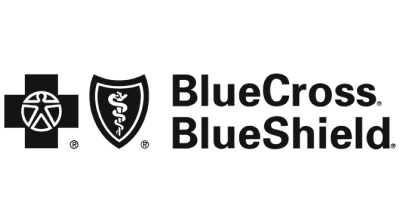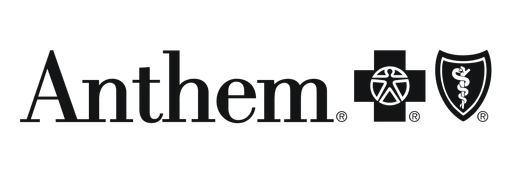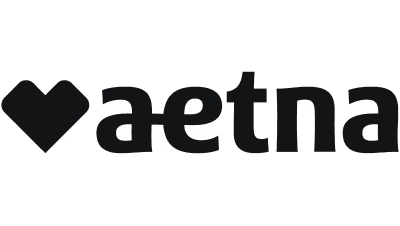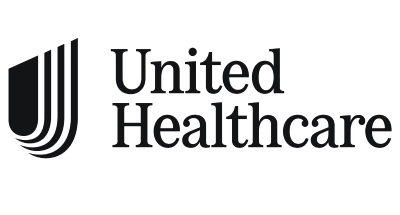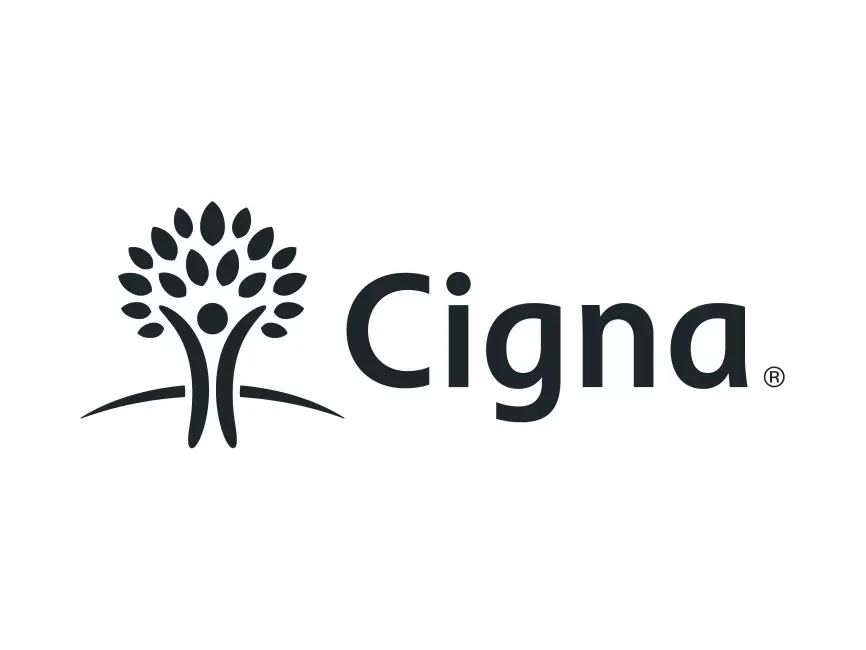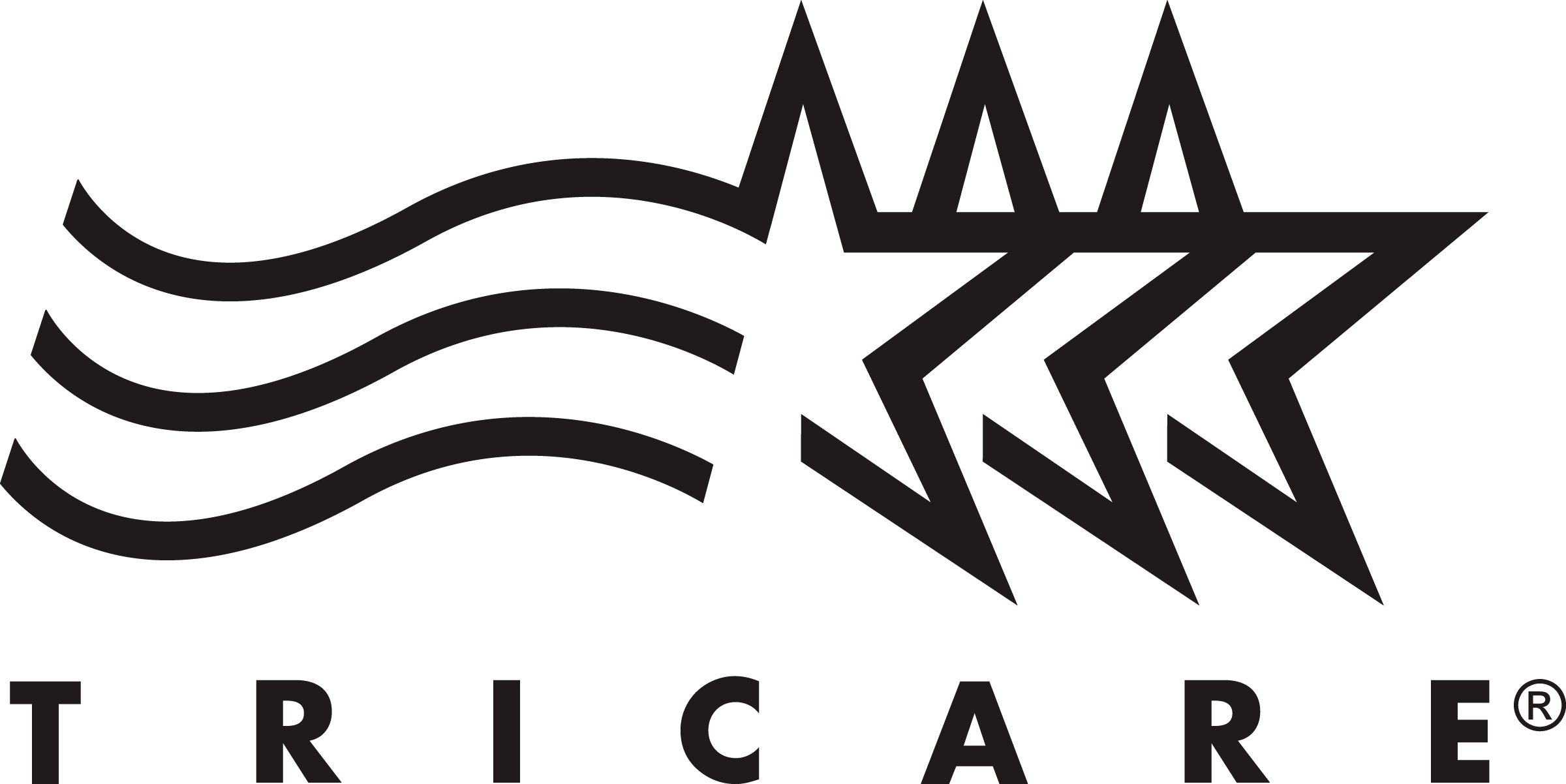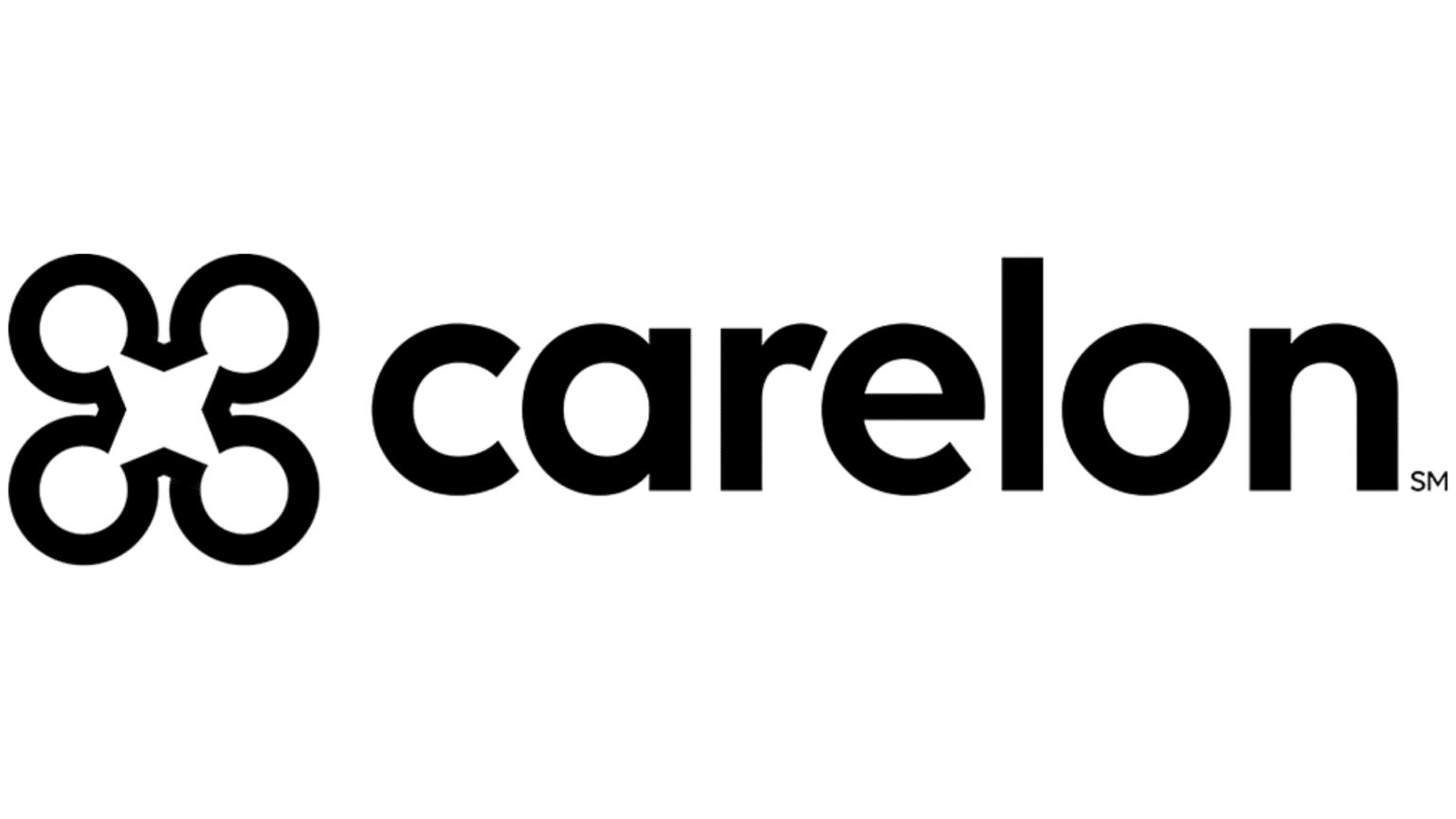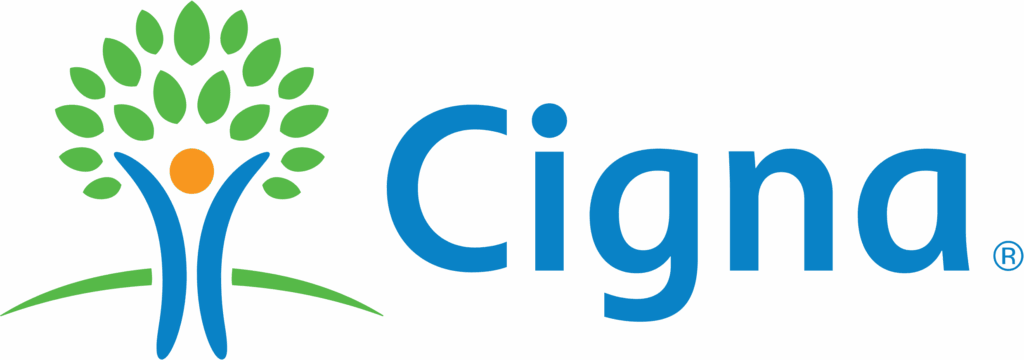Understanding the Cost of Rehab
Before exploring payment options, it’s helpful to understand what contributes to the cost of addiction treatment. Rehab costs can vary widely depending on several factors, including the type of program, the length of stay, the services provided, and the facility’s location and amenities.
The most common types of rehab programs are inpatient and outpatient. Inpatient rehab involves living at a facility 24/7 for a period, typically 30, 60, or 90 days. This provides an immersive environment away from triggers and distractions, with round-the-clock medical supervision and support. Because it includes housing, meals, and extensive staffing, inpatient rehab is generally the most expensive option. Costs can range from several thousand dollars for a 30-day program at a basic facility to tens of thousands of dollars per month at luxury centers.
Outpatient programs, on the other hand, allow individuals to live at home or in sober living and attend therapy and group sessions at a facility during the day or evening. This model offers more flexibility, allowing participants to maintain work, school, or family responsibilities while receiving treatment. Outpatient care includes several levels:
–
Partial Hospitalization Program (PHP), also known as day treatment, is the most intensive form of outpatient care. It typically involves attending treatment for several hours per day, five to seven days a week. It provides a structured schedule similar to inpatient care but without the overnight stay. PHP is less expensive than inpatient but more so than less intensive outpatient options.
–
Intensive Outpatient Program (IOP) is a step down from PHP. Participants attend sessions for fewer hours per day and fewer days per week (e.g., 3-5 days a week for 3 hours a day). IOP is a common and effective level of care for many individuals, offering a balance between structured therapy and daily life.
– Standard Outpatient (OP) or Aftercare involves attending therapy sessions once or twice a week and participating in support groups. This level of care is typically used as a step-down from IOP or for individuals with less severe substance use disorders or those in long-term recovery. It is generally the least expensive option.
Factors that influence the cost of treatment include:
– Level of Care: As discussed, inpatient is generally more expensive than PHP, which is more expensive than IOP, which is more expensive than standard outpatient.
– Length of Stay: Longer programs cost more in total, though the daily rate might decrease for extended stays.
– Location: Rehab centers in areas with higher costs of living (like Orange County, California) or those with resort-like amenities tend to be more expensive.
– Services Offered: Facilities that provide a wide range of services, such as medically supervised detox (
Outpatient Detox),
Dual Diagnosis Treatment (treating co-occurring mental health conditions like anxiety or depression alongside addiction), individual therapy, group therapy, family therapy, specialized therapies (like trauma therapy or specific types of
Online CBT therapy), holistic therapies (yoga, mindfulness, art therapy), and aftercare planning, will have higher costs due to the specialized staff and resources required.
– Staff-to-Patient Ratio: Facilities with more clinical staff per patient can offer more individualized attention but often have higher costs.
– Accreditation and Reputation: Highly accredited and reputable centers often command higher fees due to their proven track record and quality of care.
Choosing the right level of care is essential not only for effective recovery but also for managing costs. Attending a program that is too intensive for your needs can be unnecessarily expensive, while choosing one that is not intensive enough might not provide the support required for successful recovery, potentially leading to relapse and the need for more treatment later. A thorough assessment by a qualified professional can help determine the appropriate level of care based on the severity of the substance use disorder, any co-occurring mental health issues (
Mental Health Treatment is crucial), physical health, living situation, and support system. Compassion Recovery Center offers assessments that can help guide you toward the right program level, including our flexible virtual options. Don’t let the potential cost deter you from taking the first step. Understanding your options is key, and help is available.
Contact Us today to learn more about appropriate care levels and associated costs.
Exploring Payment Options Without Insurance
If you don’t have health insurance, or if your insurance coverage for substance abuse treatment is limited, it can feel like you’ve hit a dead end. However, this is far from the truth. Many rehab centers, including those offering flexible models like telehealth, understand that financial situations vary, and they offer alternative payment options to help individuals access care. Here are some common ways to pay for rehab without insurance:
1. Private Pay:
This simply means paying for treatment directly out-of-pocket. While this requires significant financial resources, it offers the most flexibility in terms of choosing a facility and program without being restricted by insurance network limitations or pre-authorization requirements. If you or your family have savings, access to loans, or other financial assets, private pay is an option. Some facilities might offer discounts for private pay clients or require an upfront deposit followed by a payment plan.
2. Financing Options and Medical Loans:
Many treatment centers partner with third-party financing companies that specialize in healthcare loans. These companies can offer loans specifically for addiction treatment, allowing you to pay for the full cost upfront and then repay the loan in installments over time, often with fixed interest rates. This can make the immediate cost manageable. It’s worth exploring these options and comparing interest rates and terms from different providers. Think of it like financing a car or education, but for your health and future.
3. Grants and Scholarships:
Various organizations, both national and local, offer grants and scholarships specifically for addiction treatment for individuals who cannot afford it. These are essentially free funds that do not need to be repaid.
– SAMHSA Block Grants: The Substance Abuse and Mental Health Services Administration (SAMHSA) provides block grants to states to fund substance abuse prevention and treatment services. States use these funds to support public treatment facilities and provide financial assistance to individuals who meet certain criteria (often based on income, location, or specific needs). You would typically apply through your state’s behavioral health agency.
– Non-Profit Organizations and Foundations: Many non-profits dedicated to addiction recovery offer scholarships or financial aid. These can be disease-specific (e.g., foundations focused on opioid addiction) or general. Searching online for “addiction treatment scholarships” or “rehab grants” along with your state or city can yield results.
– Individual Rehab Center Scholarships: Some treatment facilities themselves offer their own scholarships or financial assistance programs funded by donations or a portion of their revenue. It’s always worth asking the admissions team if they have any in-house financial aid opportunities.
Applying for grants and scholarships usually involves demonstrating financial need and often requires essays or personal statements about your situation and commitment to recovery. It can be competitive, but persistence is key.
4. Sliding Scale Fees and Payment Assistance Programs:
Many public or non-profit treatment centers, and even some private ones, offer services on a sliding scale basis. This means the cost of treatment is adjusted based on your income and household size. Individuals with lower incomes pay less than those with higher incomes for the same services. This makes treatment significantly more affordable for those with limited financial means.
Payment assistance programs are similar, where the facility might offer reduced fees or set up extended payment plans that align with your financial capacity. When researching facilities, always inquire if they offer sliding scale fees or any type of financial assistance for uninsured clients. This is a critical question to ask upfront. Compassion Recovery Center understands that cost is a concern and can discuss flexible payment options or potential assistance during the admissions process.
Verify Insurance if you have it, but even if you don’t, still
Contact Us to explore payment options without insurance.
These options demonstrate that lack of insurance doesn’t automatically close the door to treatment. While it requires effort to explore and apply for these resources, the outcome—access to life-saving care—is immeasurably worth it. Remember to be persistent, ask detailed questions about eligibility and the application process, and don’t get discouraged if the first option doesn’t work out.
Government Assistance Programs
For individuals with limited income, government assistance programs can be a vital resource for covering the cost of addiction treatment. In the United States, the two primary federal programs that can help are Medicaid and Medicare.
1. Using Medicaid for Rehab:
Medicaid is a joint federal and state program that provides health coverage to eligible low-income adults, children, pregnant women, elderly adults, and people with disabilities. With the expansion of Medicaid under the Affordable Care Act (ACA), more low-income adults without children or disabilities became eligible in many states, including California.
Medicaid coverage for substance abuse treatment has significantly expanded in recent years, thanks to parity laws that require coverage for mental health and substance use disorders to be no more restrictive than coverage for medical or surgical care. Medicaid now covers a wide range of addiction services, including:
– Assessment and diagnosis
– Detoxification (medical and social detox)
– Inpatient rehab
– Outpatient rehab (
Intensive Outpatient Program (IOP), Partial Hospitalization Program – PHP)
– Medication-assisted treatment (MAT)
– Therapy and counseling (individual, group, family)
– Case management
– Recovery support services
Eligibility criteria for Medicaid vary by state but are primarily based on income, household size, and residency. In California, Medicaid is known as Medi-Cal. California is a Medicaid expansion state, meaning eligibility is primarily based on income relative to the federal poverty level. You typically need to be a U.S. citizen or a lawfully present immigrant and a resident of California.
The application process for Medicaid (Medi-Cal in California) can be done online, by mail, by phone, or in person through your local county social services office. You will need to provide documentation to verify your identity, residency, income, and household size. Once approved, you will receive a Medi-Cal card, and you can then seek treatment at facilities that accept Medi-Cal. It’s crucial to find a rehab center that is an approved Medi-Cal provider.
If you are uninsured and have low income, applying for Medicaid should be one of your first steps. Approval can take some time, so it’s best to apply as soon as possible. Many rehab centers, including some offering outpatient or virtual services, can help you navigate the Medi-Cal application process or verify your eligibility.
2. Using Medicare for Rehab:
Medicare is a federal health insurance program primarily for people aged 65 or older, and younger people with certain disabilities or End-Stage Renal Disease. Like Medicaid, Medicare also covers addiction treatment services, though coverage details can vary depending on the specific parts of Medicare (Part A, Part B, Part C, Part D).
– Medicare Part A (Hospital Insurance): Covers inpatient hospital stays, which can include inpatient mental health and substance abuse treatment in a hospital setting.
– Medicare Part B (Medical Insurance): Covers outpatient care, including doctor visits, therapy, counseling, and other services received in a clinic or doctor’s office. This is the part that would typically cover outpatient rehab services, including
Intensive Outpatient Program (IOP), therapy sessions, and medication management for addiction treatment.
– Medicare Part C (Medicare Advantage): These are private insurance plans that contract with Medicare to provide Part A and Part B benefits, and often Part D. Coverage for addiction treatment will vary depending on the specific plan you choose.
– Medicare Part D (Prescription Drug Coverage): Helps cover the cost of medications, including those used in Medication-Assisted Treatment (MAT).
Eligibility for Medicare is generally based on age (65+) or disability status. If you are eligible for Medicare, ensure the rehab facility you choose accepts Medicare assignment. Medicare typically pays a percentage of the approved amount for services, and you may be responsible for deductibles, coinsurance, or copayments, depending on the service and your plan.
3. State-Funded Rehab Programs:
In addition to federal programs like Medicaid and Medicare, many states allocate funds to support substance abuse treatment services for residents, particularly those who are uninsured or underinsured and do not qualify for federal aid. These state-funded programs may operate their own facilities or contract with private providers to offer services at reduced or no cost to eligible individuals.
Accessing state-funded rehab often involves contacting your state’s behavioral health or substance abuse agency. They can provide information on available programs, eligibility requirements (which often involve income and residency), and the application process. Waiting lists can sometimes be a factor for state-funded programs due to high demand and limited resources, but they represent a crucial option for individuals with no other means to pay.
Exploring government assistance programs requires understanding eligibility rules and navigating application processes, which can be complex. However, these programs are designed precisely to provide essential healthcare, including addiction treatment, to those who cannot afford it otherwise. Don’t hesitate to seek help with applications from social workers, county health offices, or the admissions staff at treatment centers you are considering. Compassion Recovery Center can help guide you through understanding how potential benefits might apply to remote treatment options.
Admissions Information is available to help you understand potential funding sources.
Alternative Funding Sources
Beyond traditional insurance, private pay, and government assistance, several alternative and sometimes creative funding sources can help cover the cost of rehab. Exploring these options can open doors to treatment that might otherwise seem closed.
1. Crowdfunding and Fundraising:
In the digital age, crowdfunding platforms (like GoFundMe, Fundly, etc.) have become a viable way to raise money for various needs, including medical expenses and addiction treatment. By creating a campaign and sharing your story (or the story of a loved one) with friends, family, and your wider social network, you can request donations to help cover rehab costs.
A successful crowdfunding campaign requires effort: sharing your story honestly and compellingly, setting a clear financial goal, explaining exactly what the funds will be used for, and promoting the campaign widely. While not guaranteed to cover the full cost, crowdfunding can provide a significant portion of the necessary funds and rally a community of support around the individual seeking help.
Similarly, traditional fundraising efforts, such as organizing an event, bake sale, or requesting direct donations from your personal network, can also contribute to funding treatment.
2. Non-Profit Organizations Offering Financial Aid:
Many non-profit organizations are dedicated to specific causes within health and addiction. Some focus on providing direct financial assistance to individuals seeking treatment who cannot afford it. These might be national organizations with local chapters or smaller, community-based non-profits.
Examples might include organizations focused on specific demographics (veterans, women, youth) or specific substances (like foundations addressing the opioid crisis). These organizations often have grant programs or financial aid funds available. Finding them usually requires research, often starting with national directories of non-profits or searching for addiction-related non-profits in your local area, such as Orange County. Their application processes and eligibility criteria vary, so inquire directly with each organization.
3. Employer Assistance Programs (EAPs):
If you are currently employed, check if your employer offers an Employee Assistance Program (EAP). EAPs are confidential programs designed to help employees deal with personal issues that might affect their work performance, including substance abuse, mental health issues, and financial or legal problems.
EAPs typically offer a limited number of free counseling sessions and, crucially, can provide referrals to treatment centers and resources. While they may not directly pay for the full cost of rehab, EAPs can offer initial support, guidance on finding treatment options, and sometimes provide limited financial assistance or connect you with resources for financial aid or grants. Utilizing your EAP is a confidential way to get initial support and information without immediately involving your employer in a formal way. It’s a valuable, often underutilized, resource.
4. Negotiating with Treatment Centers:
Don’t be afraid to speak openly with the admissions staff at rehab centers about your financial situation. Many facilities are willing to work with individuals on payment plans or may have internal funds or connections to external resources that they can share. Explaining your circumstances and your genuine desire for recovery can sometimes lead to finding a financial solution that wasn’t immediately obvious. It’s always worth having a candid conversation about what you can afford and exploring possibilities.
Exploring these alternative sources requires initiative and persistence, but they can provide critical financial support when traditional options are limited. Combining several of these strategies – perhaps some personal savings, a medical loan, a small grant, and support from crowdfunding – can collectively make treatment affordable. Don’t underestimate the power of community support and dedicated non-profits in helping you access the care you need. Taking action is the first step towards uncovering these possibilities.
Get help now by reaching out to discuss your situation confidentially.
Community and Support Resources
While formal addiction treatment programs like detox, inpatient, or outpatient rehab provide structured therapy and clinical support, community resources play an invaluable role in both accessing care and sustaining long-term recovery. These resources can supplement formal treatment, offer support during waiting periods, or provide ongoing help after completing a program. Many community resources are free or low-cost, making them accessible even when financial resources are scarce.
1. Local Community Health Centers and Clinics:
Many local community health centers or county mental health services offer substance abuse counseling and treatment services, often on a sliding scale or at a significantly lower cost than private facilities. These centers are typically funded by government grants and aim to provide healthcare to underserved populations. They can be a good starting point for assessment, outpatient therapy, and sometimes even medication-assisted treatment (MAT). They can also serve as a referral point to other local resources.
2. Religious Organizations:
Many churches, synagogues, mosques, and other religious institutions offer support programs, counseling, or financial assistance to their members and sometimes to the wider community. Faith-based support groups exist, providing a recovery path rooted in spirituality. If you have a connection to a religious community, reaching out to their leadership or social services arm might uncover resources for support, counseling, or even direct financial aid for treatment.
3. Free Support Groups:
Perhaps the most widely known and accessible community resource are free, peer-led support groups. Organizations like Alcoholics Anonymous (AA), Narcotics Anonymous (NA), Cocaine Anonymous (CA), and others based on the 12-step model provide meetings around the clock, worldwide. For family members, Al-Anon and Nar-Anon offer crucial support.
– Alcoholics Anonymous (AA): A fellowship of people who come together to solve their common problem and help others recover from alcoholism. The only requirement for membership is a desire to stop drinking. Meetings are free and offer peer support based on the 12 Steps and 12 Traditions.
– Narcotics Anonymous (NA): Similar to AA, but for individuals recovering from addiction to any drug.
– Other Fellowships: Numerous other 12-step or peer support groups exist for specific substances or behaviors, as well as alternatives like SMART Recovery, which is based on cognitive behavioral therapy (CBT) and motivational interviewing.
These groups provide invaluable emotional support, a sense of community, shared experience, and practical advice for staying sober. While they are not a substitute for clinical treatment for moderate to severe addiction, they are an essential component of a comprehensive recovery plan. They provide a safety net, ongoing encouragement, and a place to connect with others who understand the challenges of recovery. Meetings are available in person and online, making them highly accessible.
4. How These Resources Supplement Formal Treatment:
Community resources can play several roles:
– Bridge to Treatment: If you are waiting for a spot in a formal rehab program or applying for funding, community centers or support groups can provide immediate support and counseling to help you stay safe and motivated.
– Aftercare: After completing an inpatient or intensive outpatient program, ongoing engagement in support groups is highly recommended to maintain sobriety, prevent relapse, and build a strong recovery network.
– Lower Level Support: For individuals with less severe substance use issues or those in early recovery from less dependent substances, outpatient counseling combined with regular support group attendance might be an appropriate starting point.
– Family Support: Al-Anon and similar groups provide essential support for the families and loved ones of individuals struggling with addiction, helping them cope with the impact of the disease and learn how to support recovery effectively.
Leveraging community and support resources is crucial. They provide accessible, often free, support networks that are vital for long-term sobriety. Integrating participation in free support groups with structured clinical care, like the
Virtual IOP Program offered by Compassion Recovery Center, creates a robust foundation for recovery. Don’t underestimate the power of connecting with others who are on a similar path.
Contact Us to learn how our programs can integrate with local support systems.
Telehealth and Remote Rehab Options
In recent years, advancements in technology have revolutionized access to healthcare, including addiction treatment. Telehealth, or the delivery of health services via telecommunications technology, has emerged as a powerful and often more affordable option for addiction recovery, particularly for individuals who face barriers to accessing traditional in-person care. For those without insurance or struggling to afford conventional rehab, telehealth presents a highly viable solution. Compassion Recovery Center specializes in this flexible, remote model, making quality treatment accessible, especially for residents of Orange County, California, and beyond.
1. Benefits of Telehealth Addiction Treatment:
Telehealth removes many logistical hurdles associated with traditional rehab:
– Accessibility: Location is no longer a barrier. You can receive treatment from the comfort and privacy of your own home. This is particularly beneficial for individuals in rural areas, those with limited transportation, or those who live in areas where specialized care is not readily available. For someone in Orange County, virtual rehab means avoiding traffic, parking issues, and lengthy commutes to a physical facility.
– Flexibility: Telehealth programs often offer more flexible scheduling options, making it easier to balance treatment with work, school, or family responsibilities. This is a major advantage for individuals who cannot take extended time away for inpatient care.
– Cost-Effectiveness: Without the overhead of a large physical facility (housing, meals, extensive grounds), telehealth providers can often offer their services at a lower cost than traditional inpatient or even brick-and-mortar outpatient programs. This cost reduction can make treatment significantly more affordable, even when paying without insurance.
– Privacy and Comfort: Receiving therapy and participating in group sessions from a familiar environment can increase comfort levels and reduce the stigma sometimes associated with attending in-person rehab.
– Continuity of Care: Telehealth makes it easier to transition between different levels of care or continue therapy and support groups after completing a more intensive program.
2. How Remote IOP and Online CBT Therapy Can Reduce Costs:
Intensive Outpatient Program (IOP) delivered remotely, or
Virtual IOP Program, offers a structured, evidence-based level of care comparable in intensity to in-person IOP, but without the associated costs of a physical presence. This means participants receive several hours of therapy and group counseling multiple days a week, focusing on relapse prevention, coping skills, and addressing underlying issues, all through a secure online platform. The cost savings come from:
– Lower Program Fees: As mentioned, reduced overhead allows providers to charge less.
– Elimination of Ancillary Costs: No travel expenses (gas, public transport), no need for childcare or eldercare during travel time, and no need to take extended leave from work (many people can continue working while attending virtual IOP).
– Potential for Outpatient Detox: For some individuals, a safe and medically supervised
Outpatient Detox can be managed remotely under the care of medical professionals, avoiding the significant costs of an inpatient detox facility. This is assessed on a case-by-case basis for safety.
Online CBT therapy (Cognitive Behavioral Therapy), a cornerstone of many addiction treatment programs, is highly effective when delivered remotely. CBT helps individuals identify and change negative thought patterns and behaviors that contribute to substance use. Receiving this therapy online is convenient, flexible, and often more affordable per session than in-person therapy, especially when packaged as part of a comprehensive remote program like Virtual IOP.
3. Compassion Recovery Center’s Telehealth Services:
Compassion Recovery Center is at the forefront of providing high-quality, accessible
Drug Rehab Programs and
Alcohol Rehab Programs through our virtual platform. We understand the unique challenges faced by individuals in areas like Orange County who need flexible, effective care. Our services are designed to be convenient, discreet, and centered on compassionate, evidence-based treatment.
We offer:
–
Virtual IOP Program: Providing intensive group therapy, individual counseling, and educational sessions via secure video conferencing. This program allows you to receive comprehensive care while staying connected to your support system and managing daily life. It’s designed for individuals who need structured support but do not require 24/7 medical supervision.
– Individual and Group Therapy: Access licensed therapists and counselors for one-on-one sessions and participate in process groups, skills-building groups, and educational lectures, all online.
–
Dual Diagnosis Treatment: Integrated care for co-occurring substance use disorders and mental health conditions is effectively delivered through telehealth, ensuring that both issues are addressed simultaneously.
– Outpatient Support: Continued care and relapse prevention support following completion of a more intensive program.
Our virtual rehab Orange County services are delivered by experienced, compassionate clinical staff who are dedicated to your recovery. We aim to make treatment as accessible and affordable as possible. While we encourage clients to
verify insurance online as many plans cover telehealth, we also work with individuals exploring options for paying for rehab without insurance. We can discuss self-pay rates, potential payment plans, and help you understand how the cost-effectiveness of
Telehealth addiction treatment can make recovery financially feasible.
Choosing virtual rehab means choosing a flexible, discreet, and potentially more affordable path to recovery without compromising on the quality of care. It removes geographical barriers and integrates treatment seamlessly into your life. If the cost of traditional rehab has been a barrier, exploring
Remote IOP California with Compassion Recovery Center could be the answer. Don’t let financial concerns prevent you from starting your recovery journey.
Contact Us today for a confidential consultation and to learn more about our affordable, accessible treatment options.
Conclusion
The journey to recovery from substance abuse or mental health issues is incredibly challenging, and the added stress of worrying about how to pay for treatment, especially without insurance, can feel overwhelming. However, it is absolutely critical to understand that lacking insurance does not mean that quality, effective treatment is out of reach. As we have explored, there are numerous pathways to making rehab affordable and accessible.
We’ve covered the various components that make up the cost of rehab, highlighting how factors like the level of care (inpatient vs. outpatient, PHP vs. IOP) significantly impact expenses. Understanding these costs is the first step in finding ways to manage them.
Crucially, we’ve detailed multiple strategies for paying for rehab without relying on traditional insurance:
– Exploring private pay options and financing solutions.
– Seeking out grants and scholarships specifically designated for addiction treatment.
– Looking for facilities that offer
sliding scale rehab fees or internal payment assistance programs.
– Investigating government assistance programs like Medicaid (Medi-Cal in California) and Medicare, which offer substantial coverage for eligible individuals.
– Leveraging alternative funding sources such as crowdfunding, non-profit organizations providing aid, and Employer Assistance Programs (EAPs).
– Recognizing the invaluable support provided by free community resources and support groups like AA and NA, which are essential complements to formal treatment.
Throughout this exploration, a significant and increasingly viable option stands out:
telehealth addiction treatment. Virtual rehab, like the services offered by Compassion Recovery Center, provides a cost-effective, flexible, and accessible path to recovery. By offering programs like
Remote IOP California and
Online CBT therapy, we significantly reduce the financial and logistical barriers that prevent many people from seeking help. Our
Virtual rehab Orange County services mean that individuals in the area can receive top-tier, evidence-based care without needing to commute or disrupt their lives entirely.
Your health, well-being, and recovery are worth the effort to explore every possible avenue for funding treatment. Financial barriers are real, but they are not insurmountable walls when armed with information and a willingness to seek help. There are compassionate people and organizations dedicated to helping you find a way forward.
We strongly encourage you to explore all available options discussed here. Don’t let the fear of cost deter you from taking the life-saving step into recovery. Every day you delay treatment is another day addiction can take hold.
At Compassion Recovery Center, we are here to help you navigate these challenges. We understand that discussing finances can be difficult, but our admissions team is trained to provide support, answer your questions honestly, and help you understand how our flexible, remote programs might fit within your financial means. Even without insurance, our cost-effective telehealth model makes recovery a realistic possibility for many. We can discuss self-pay options, potential payment plans, and guide you on next steps.
Don’t wait another day to start healing. Take that crucial step towards reclaiming your life.
Contact us for a confidential assessment today. Let us help you explore your treatment options and find a path that works for you, regardless of your insurance status. Your recovery journey is possible, and we are here to support you every step of the way.
Explore treatment options now and find out how we can help you begin your recovery journey today.
Get help for substance abuse by reaching out to our caring team.
Can you go to rehab if you don’t have insurance?
Yes, absolutely. While insurance is a common way to pay, many alternative options exist, including private pay, medical loans, grants, scholarships, sliding scale fees, government programs like Medicaid/Medicare, crowdfunding, and community resources. Telehealth rehab is often a more affordable option as well.
What are sliding scale fees in rehab?
Sliding scale fees mean the cost of treatment is adjusted based on your income and household size. Individuals with lower incomes pay less for the same services at facilities that offer this payment model, making treatment more accessible.
How can I apply for Medicaid to cover rehab costs?
You can apply for Medicaid (Medi-Cal in California) online, by mail, by phone, or in person through your local county social services office. Eligibility is based on income, household size, and residency. You’ll need to provide documentation to verify your information. Find facilities that accept Medicaid once approved.
Are there free rehab programs available?
Truly free rehab programs funded by states or non-profits do exist, though they often have strict eligibility requirements, limited capacity, and potentially long waiting lists. State-funded programs and some community health centers offer low-cost or sliding scale services that can be very affordable. Grants and scholarships can also effectively make treatment free.
How does telehealth rehab work?
Telehealth rehab delivers addiction treatment services, including therapy, counseling, group sessions, and sometimes medical consultations, via secure video conferencing and online platforms. You participate from your home or a private location, offering flexibility, privacy, and often lower costs compared to in-person programs.
What is the cost difference between inpatient and outpatient rehab?
Inpatient rehab, which includes 24/7 residency, is typically much more expensive than outpatient rehab. Outpatient programs (like IOP or PHP) allow you to live at home and attend treatment during the day, significantly reducing costs because they don’t include housing or meal expenses. Telehealth outpatient programs are often even more cost-effective.
Can crowdfunding help pay for rehab?
Yes, crowdfunding platforms allow you to create a campaign to raise funds from friends, family, and your network to help cover treatment costs. Sharing your story can generate significant support and contributions towards making rehab affordable.
What support groups are available for addiction recovery?
Many free, peer-led support groups exist, including Alcoholics Anonymous (AA), Narcotics Anonymous (NA), Cocaine Anonymous (CA), and SMART Recovery. These groups offer invaluable emotional support, shared experiences, and community, complementing formal treatment programs.




